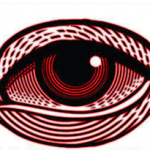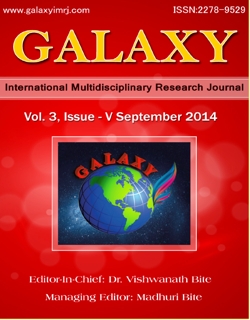 The Millions published an essay titled “When Updike Met Barth,” by Nathan Scott McNamara, who teaches at Johns Hopkins University and serves as the Denis Family Curatorial Fellow for Special Collections Resource Center there. In the article, he includes Updike’s typed response. At the time, Updike was 34, and Barth was 36, but Updike was not inclined toward public speaking. But he accepted Barth’s invitation to come to Baltimore to do a reading.
The Millions published an essay titled “When Updike Met Barth,” by Nathan Scott McNamara, who teaches at Johns Hopkins University and serves as the Denis Family Curatorial Fellow for Special Collections Resource Center there. In the article, he includes Updike’s typed response. At the time, Updike was 34, and Barth was 36, but Updike was not inclined toward public speaking. But he accepted Barth’s invitation to come to Baltimore to do a reading.
“On Friday, April 18th, 1975, Updike arrived in Baltimore with, in his words to Barth, “A Martha Bernhard.” After he gave his talk, “The next morning, Barth and Shelley and Updike and Martha went on a literary tour of Baltimore. They visited Edgar Allan Poe’s grave. They went to the H.L. Mencken House. They got soft-shell crab for lunch. Then John and Martha got on a plane back to Massachusetts.”
“After Updike died, Martha, who married Updike in 1977, told Barth in a letter that this first trip was not only the beginning of her relationship with Updike, but also the occasion on which Updike changed his mind about readings. ‘He took to it,’ Martha wrote, ‘as he didn’t to teaching, and thus began a modest, but consistent reading schedule that he truly enjoyed.”
Reacting to this article, Baynard Woods contributed an item to the Wandering Eye page of Citypaper.com in which he details a 1967 trip to Baltimore that Updike made at the invitation of then-Hopkins’ prof John Barth.
The columnist writes, “Of course we’re always looking for literary bits about Baltimore, but the fascinating part of the Millions account is the long friendship that this trip inspired between two authors who, though as different as possible in style, immensely admired one another.”






